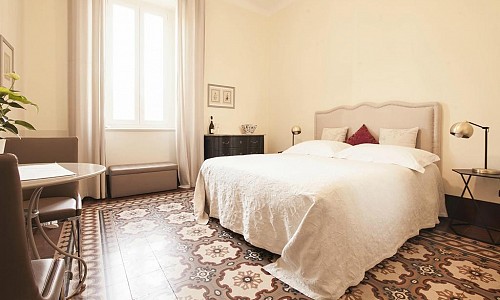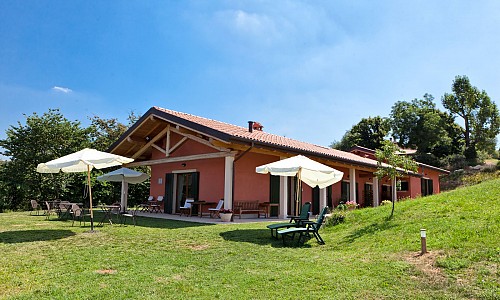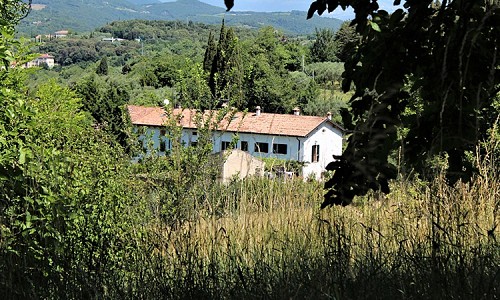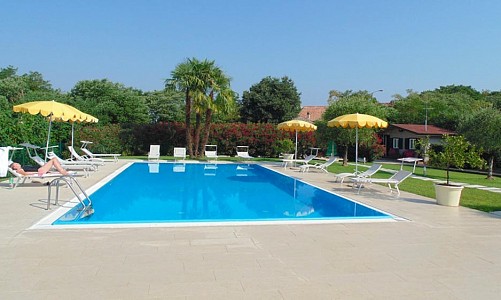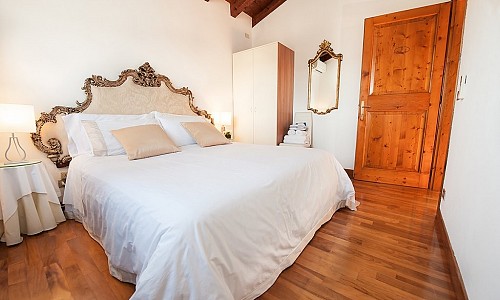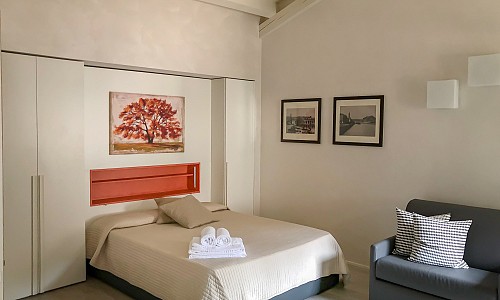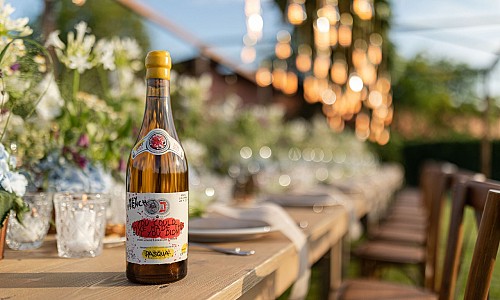Piazza delle Erbe, an enchanted corner of Verona.
- Category What see Lake Garda and Verona
Agriturismo - Where to stay overnight
Piazza delle Erbe
Piazza delle Erbe is one of Verona’s most enchanting corners—a living palimpsest where buildings, towers, statues and architectural details from different eras blend into a unique, harmonious collage. International guidebooks regularly rank it among the most beautiful squares in Italy.
For nearly two millennia, Piazza delle Erbe has been Verona’s social and commercial heart. In Roman times it was the Forum: today’s square still preserves the original length of that ancient rectangle, once lined with the Capitolium, temples and baths sheltered beneath colonnades packed with shops. During the city‑state era it became the seat of civic power, and under the Scaliger family it blossomed into a lively hub of trade and the arts. In the Venetian and later Austrian periods it hosted both civil and criminal courts, yet it always remained the Veronese people’s favourite marketplace and meeting spot.
Starting on the eastern side—on your right as you enter from Via Mazzini—you first encounter the 13th‑century Palazzo della Ragione (“Palazzo del Comune”), which for centuries housed the Collegio dei Notai, the Silk Customs, the Praetorian Court, the Assize Court and even the city jail. Ravaged by several fires, its current Neoclassical façade is the work of 19th‑century architect Giuseppe Barbieri, a marked contrast to the original Romanesque structure.
Above it soars the mighty Torre dei Lamberti, begun in 1172 in alternating courses of brick and tuff. Over the centuries it was heightened several times, reaching its present 84 metres in 1464 with the addition of the octagonal belfry—today the tallest tower in Verona. A lift from the Cortile del Mercato Vecchio whisks visitors to the top for incomparable views over the city’s russet roofs.
Next door stands the 13th‑century Casa dei Giudici. Originally the Podestà’s residence‑office, known as the Domus Nova, it later became the council hall and lodgings for Venetian magistrates during the Serenissima. The house connects to the Town Hall via the Arco della Costa, from which hangs an enormous rib bone. Folklore calls it the devil’s bone, but in truth it is a whale rib once used as the sign of a medieval spice merchant.
The eastern side ends with the Case Mazzanti, among Verona’s oldest inhabited palaces. Used as granaries by the Scaligers in the 14th century, these houses are renowned for their vibrant Renaissance frescoes depicting mythological figures—Ignorance, Prudence, Envy, Providence and the Battle of the Giants—that earned Verona the nickname urbs picta, the “painted city.”
On the north‑west corner two buildings of great artistic interest face the square: the baroque Palazzo Maffei and the medieval Torre del Gardello. Built in the 17th century, Palazzo Maffei introduced Baroque grandeur to Verona with an elegant three‑storey façade crowned by six marble statues of mythological gods (all in local stone except the Hercules, salvaged from a 1st‑century BC temple whose remains are visible beneath the ground‑floor restaurant). The Torre del Gardello, originally 13th‑century, was remodelled and raised to its present 44 metres by Cansignorio della Scala in 1363. Known as the “Clock Tower,” it houses one of Europe’s earliest bell‑driven mechanical clocks, which rang from 1421 to 1810.
The buildings opposite the Case Mazzanti stand on the foundations of the ancient Roman Capitolium facing the Forum. Some still display faint Renaissance frescoes on their façades, such as the house at number 23, where the four Evangelists, the Virgin and Child, Saint Joseph and Saint John the Baptist can be discerned.
For a deeper dive into the history and art of this open‑air “drawing room,” read the full article at: Verona.net




